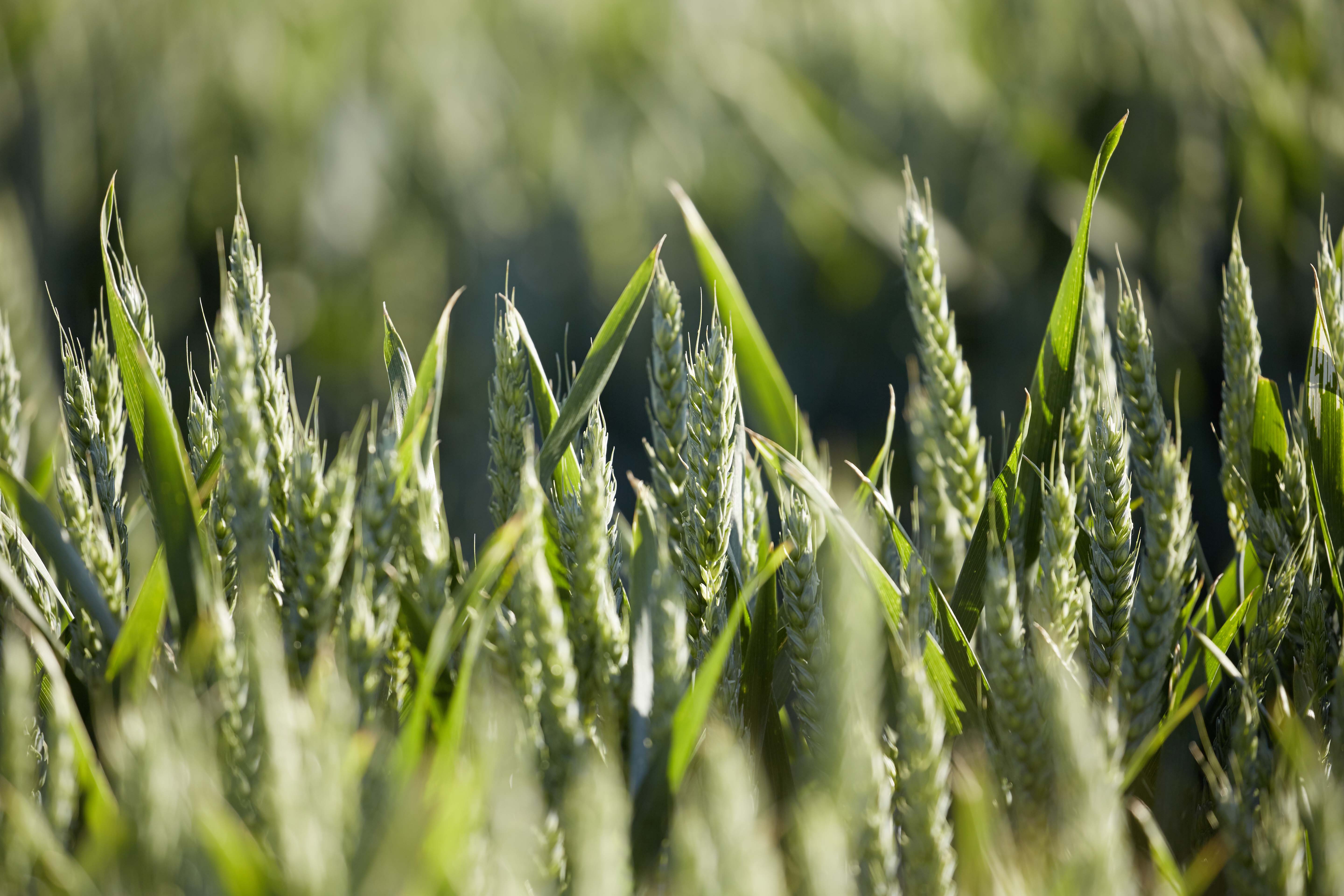Why increasing numbers of UK growers are turning to spring wheat
With two years of difficult autumn drilling conditions and the high volumes of spring barley produced recently reducing prices, spring wheat is becoming an increasingly interesting option for growers.
Spring wheat could play an increasingly important role in UK crop rotations in the years ahead.
High volumes of spring barley on the market in recent times with much of it going for low value feed have diminished the crop’s appeal for many UK growers, with spring wheat now potentially a better strategic choice.
According to Damian McAuley of independent agronomy business Indigro, the area of UK spring wheat has definitely increased in recent years with 15 – 20% of his clients now growing the crop.
“Apart from where growers have been forced into spring cropping due to incomplete winter cereal drilling the main shift has been largely two-fold.
“Firstly, to increase spring cropping area for grass weed control and secondly as an option to lengthen the interval between break crops in the face of ongoing problems with oilseed rape production.
“Spring wheat has a very low take all risk compared to successive winter wheats and compared to other spring cereals it promises a much better return.
“Gross margins should be better than any other spring cereal and perhaps more stable too. Depending on yield and soil type, a decent spring wheat should be grossing on a par with a decent second winter wheat.
“Grain store, marketing, volunteer control and seed management are also easier, especially when there is no winter barley in the rotation.”
Spring vigour is perhaps the most important feature but this should not come at the expense of grain yield and quality
Variety choice is critical
John Miles of seed breeders KWS says spring wheat could have an increasingly important role in the future but variety choice is critical.
“In a perfect world we would all drilling into excellent seedbeds in the autumn, but when conditions are against you there comes a point when it is better to wait until the spring,” he says.
“For some growers, late autumn drilling is simply too risky due to heavy wet soils or because of wheat bulb fly pressure following root crops in some years. In such situations, spring crops are the only alternative.
“But too few growers think about what characteristics they need in a variety to over-come the problems that arise with drilling in the spring.
“Spring vigour is perhaps the most important feature but this should not come at the expense of grain yield and quality. Strong tillering varieties such as KWS Extase and KWS Cranium usually out-yield less vigorous varieties.
“Specific spring sowing varieties such as KWS Cochise and KWS Chilham have the ‘get up and go’ to compete strongly with weeds plus good all round disease resistance and OWMB resistance.
“Being a Group 2 wheat, KWS Cochise has additional marketing opportunities too, which can add significantly to the overall gross margin of these crops.”
There are other issues to consider beyond weed control however, such as pest pressures, he says.
“Most commentators advocate keeping to a planned approach when seeking to control black-grass rather than wavering in the face of favourable conditions that tempt growers to change cropping plans or push-on with autumn drilling.
“In low-pressure scenarios, be flexible with drilling date and focus on seedbed quality. In mid-pressure situations, delay autumn drilling where possible to increase opportunities for good black-grass control.
“In high-pressure situations however, there is little option but to move straight to a spring crop policy.”
The earlier you can get your N on the better but you also have to think about application timings.
Use nitrogen carefully to get crops away quickly
Getting the most out of spring wheat relies on sticking with a few basic principles most of which relate to the reduced length of time the crop has in the ground, says David Towse of CF Fertilisers Ltd.
“Spring wheat has a lot of growing to do in a short period of time so you have to use nutrients wisely to get the best out of them.
“Crops that grow away quickly will have an early competitive advantage against blackgrass and stronger plants will be in a better place to cope if conditions revert to colder weather later on.
“The earlier you can get your N on the better but you also have to think about application timings.
“For most people, a split application of N in the seedbed followed by the remainder at the first sign of establishment – the so-called ‘green haze’ – is ideal.
“If you’re going to be applying over 70kg N/ha, RB209 recommends first application of 40kg N/ha in the seedbed unless you are on very light, sandy soil. On these soils, apply 40 kg N/ha at the three-leaf stage but not before March.”
Spring crops can be ‘leaky’ and you need to be mindful of this, aiming to apply little and often so the plant can effectively utilise the N quickly, he says.
“That said, you should be aiming to apply the majority of N before growth stage 12- 14.
Sulphur is essential too as it increases Nitrogen utilisation creating higher yields which dilutes N levels in the grain.
Finally, don’t forget P and K. Take-offs in spring crops for grain and straw are 8.5 kg/t P2O5 and 12 kg/t K2O, he points out.
“If you’re at index 2 for P you need to be thinking in terms of adding 50kg P2O5/ha and for K, 40kg K2O/ha at index 2+ and 70kg K2O/ha at index 2- to get the most out of your spring crops.
“It should be noted these recommendations are for the fields where the straw has been baled. For further information use RB209.
“Spring wheat grows rapidly with only limited time so it is essential all vital nutrients are available to them precisely when they need them.”
Your consultants




